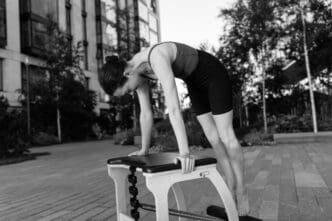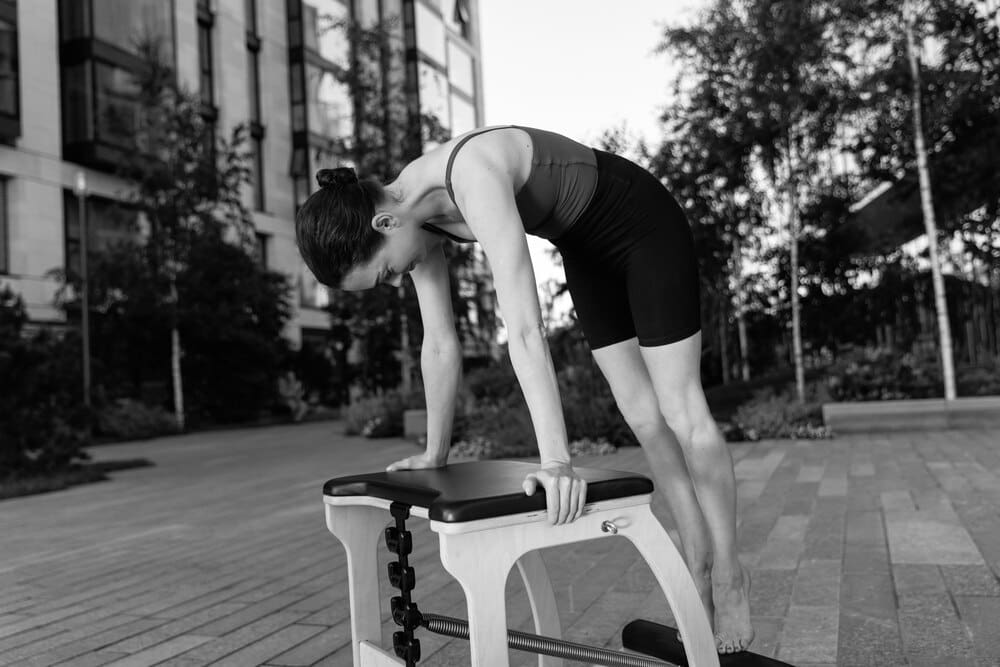For runners training to conquer the 26.2 miles of the Miami Marathon, success is built not just on the pavement but also in the weight room. Incorporating a targeted strength training regimen, specifically focusing on five fundamental lifts—the squat, deadlift, lunge, glute bridge, and plank—is the most effective strategy for any runner aiming to improve performance and prevent injury. By dedicating one to two sessions per week to these exercises, athletes can build the muscular resilience and power needed to combat fatigue, maintain efficient form under Miami’s notorious humidity, and ultimately cross the finish line on Ocean Drive stronger and faster.
Why Strength Training is Non-Negotiable for Marathoners
For decades, a common myth in the running community was that lifting weights would lead to bulky muscles and slower times. Modern exercise science has thoroughly debunked this, proving that a well-structured strength program is one of the most powerful tools in a distance runner’s arsenal. The benefits are not aesthetic; they are deeply functional and directly translate to performance on race day.
The primary benefit is an improvement in running economy. This scientific term refers to how efficiently your body uses oxygen at a given speed. A stronger musculoskeletal system, from your legs to your core, wastes less energy with each stride, allowing you to run faster for longer before fatigue sets in. It’s like upgrading your car’s engine to get better miles per gallon.
Furthermore, strength training is your best defense against the repetitive stress injuries that plague so many runners. By strengthening the muscles, tendons, and ligaments that support key joints like the hips, knees, and ankles, you create a more robust “chassis.” This reinforcement helps absorb the impact of thousands of foot strikes, significantly reducing the risk of common ailments like runner’s knee, IT band syndrome, and shin splints.
For the Miami Marathon specifically, strength becomes even more critical. The course is famously flat, which means your muscles perform the exact same motion, over and over, with little variation. This repetition can lead to rapid muscle fatigue. A strong foundation allows you to maintain proper running form, even when your mind and body are screaming to stop in the final, grueling miles.
The 5 Essential Lifts to Master
While a comprehensive program can include many exercises, these five lifts provide the most significant return on investment for a runner’s time. They target the entire kinetic chain involved in the running motion, from your feet to your shoulders, building a powerful and resilient athlete.
1. The Barbell Back Squat: The King of Leg Strength
The squat is a foundational human movement and the undisputed king of lower-body exercises. It comprehensively targets the quadriceps, hamstrings, glutes, and core, all of which are critical for a powerful running stride.
For runners, the squat builds the raw leg strength needed for hill climbing (even on overpasses) and the propulsive power for an efficient push-off. To perform it correctly, place a barbell across your upper back, stand with your feet shoulder-width apart, and keep your chest up. Initiate the movement by hinging your hips back and then bending your knees, lowering yourself as if sitting in a chair until your thighs are at least parallel to the floor. Drive through your heels to return to the starting position.
A common mistake is allowing the knees to collapse inward, which can stress the joint. Focus on pushing your knees out. If you’re new to squatting, start with a bodyweight squat or a goblet squat (holding a single dumbbell at your chest) to master the form before adding a barbell.
2. The Deadlift: Building a Powerful Posterior Chain
If the squat is king, the deadlift is the queen. This exercise is the ultimate developer of the posterior chain—the group of muscles on the backside of your body, including your glutes, hamstrings, and lower back. This muscle group is the engine of your running stride, responsible for pulling your leg back and propelling you forward.
A strong posterior chain, built by deadlifts, leads to a more powerful stride and helps prevent hamstring strains and lower back pain. To execute a conventional deadlift, stand with your mid-foot under the barbell. Hinge at your hips and bend your knees to grip the bar, keeping your back perfectly straight. Drive your feet into the floor and lift the weight by extending your hips and knees simultaneously, keeping the bar close to your body. Lower it with the same controlled motion.
The most critical element is maintaining a neutral, flat spine throughout the lift; rounding your back is a direct path to injury. For runners, the Romanian Deadlift (RDL) is an excellent variation that places even more emphasis on the hamstrings and glutes, using a lighter weight and focusing on the hip-hinge motion.
3. The Walking Lunge: For Single-Leg Stability and Strength
Running is not a two-legged activity. It is a series of coordinated, single-leg bounds. Therefore, unilateral (single-leg) exercises like the lunge are essential for developing the stability and balance that translate directly to the road.
Lunges challenge your glutes, quads, and hamstrings one leg at a time, while also forcing your core and hip stabilizers to work overtime to prevent you from wobbling. Step forward with one leg, lowering your hips until both knees are bent at approximately a 90-degree angle. Ensure your front knee stays behind your toes and your torso remains upright. Push off your front foot to return to the start or to step directly into the next lunge.
Start with bodyweight lunges to perfect your balance and form. Once you feel stable, you can hold dumbbells in each hand to increase the challenge. This exercise is exceptional at revealing and correcting strength imbalances between your left and right sides.
4. The Glute Bridge: Activating Your Running Powerhouse
Many runners suffer from what coaches call “dormant glutes.” Hours spent sitting at a desk can cause these powerful muscles to become underactive. When the glutes don’t fire properly during a run, other smaller, less suitable muscles (like the lower back or hamstrings) have to compensate, often leading to pain and injury.
The glute bridge is a simple but profoundly effective exercise to “wake up” your glutes and teach them to fire correctly. Lie on your back with your knees bent, feet flat on the floor close to your butt. Drive through your heels and lift your hips toward the ceiling until your body forms a straight line from your shoulders to your knees. Squeeze your glutes hard at the top and lower with control.
Avoid arching your lower back to gain height; the movement should come entirely from hip extension. To progress, you can perform single-leg glute bridges or place a weight plate across your hips for added resistance.
5. The Plank: The Foundation of Core Stability
A strong core is the link between your powerful lower body and your upper body. It’s the stabilizing pillar that allows you to maintain an efficient, upright running posture, especially in the final miles of the marathon when fatigue is trying to make you hunch over.
The plank trains the core for its primary function: resisting movement and maintaining stability. Place your forearms on the ground, parallel to each other, with your elbows directly under your shoulders. Extend your legs to form a straight, rigid line from your head to your heels. Brace your abdominals and squeeze your glutes to prevent your hips from sagging or rising too high.
Hold this position for time, focusing on perfect form over duration. Once you can hold a standard plank for 60 seconds, challenge yourself with variations like the side plank (excellent for the obliques) or plank with alternating leg lifts to further enhance your stability.
Integrating Strength Work Into Your Marathon Plan
Knowing the exercises is only half the battle; knowing how to schedule them is what makes them effective.
Frequency and Timing
Aim for two strength sessions per week during the bulk of your training block. To allow for adequate recovery, schedule these sessions on your easier running days or cross-training days. Critically, avoid lifting heavy the day before or the day of your weekly long run to ensure your legs are fresh for those key endurance efforts.
As you get closer to race day (the final 2-3 weeks), you should taper your strength work just as you taper your running. Reduce your lifting to one session per week and decrease the weight and volume, focusing on maintenance rather than building new strength.
Sets, Reps, and Weight Selection
In the early to middle phases of your training, focus on building strength. This typically means working with heavier weights for lower repetitions. A good starting point is 3 to 4 sets of 5 to 8 reps for the major lifts like squats and deadlifts.
In the later phases, you can shift your focus to muscular endurance by using lighter weights for higher repetitions, such as 2 to 3 sets of 12 to 15 reps. For exercises like the plank, simply aim to increase your hold time. Throughout every single rep, prioritize perfect form. It is always better to lift a lighter weight with excellent technique than a heavier weight with poor form.
By making these five lifts a consistent part of your preparation, you are investing in a stronger, more resilient body. This commitment will not only help you navigate the 26.2 miles through the vibrant streets of Miami but will empower you to do so with greater strength, efficiency, and confidence, ensuring the experience is one of triumph and achievement.







